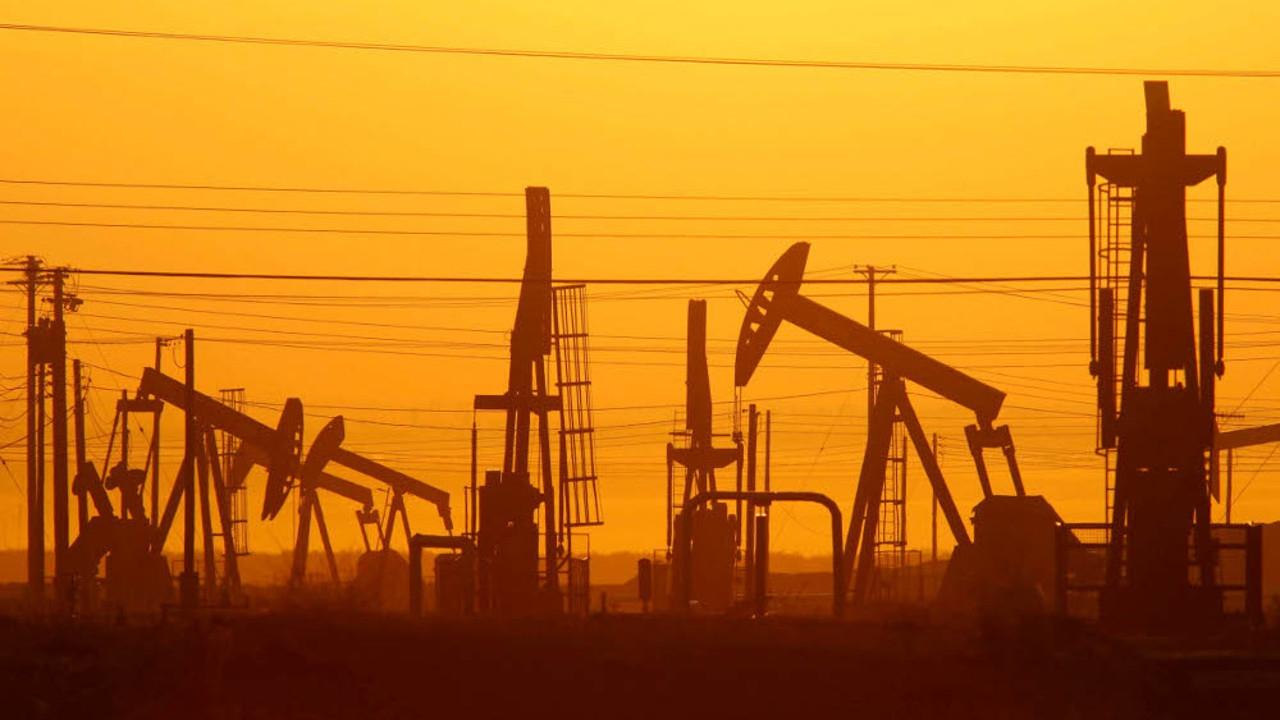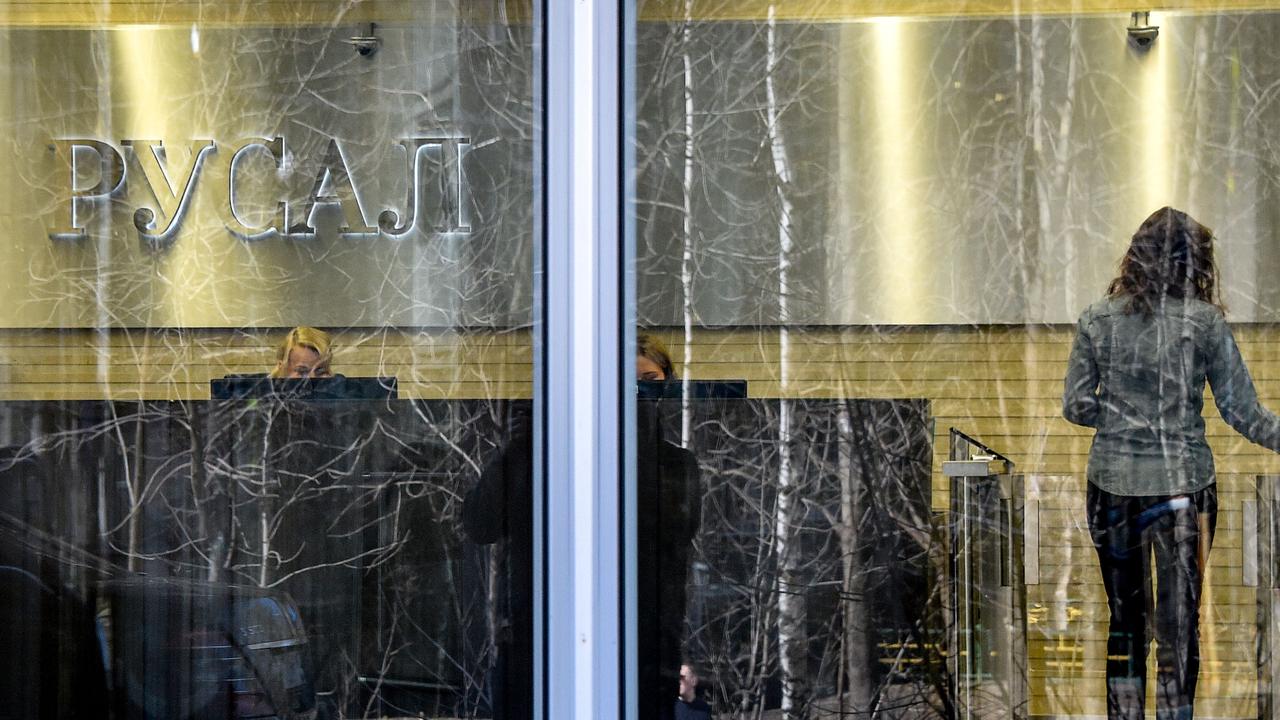The squeeze in Santos’ pipeline
Santos’ Gladstone plants have been built with several decades of production in mind, but that isn’t much help today.

The writedown ($US1bn after tax) was, Santos said, due to the slower ramp-up of GLNG equity gas production and an increase in the price of third-party gas.
Translated, that means that the low oil prices have seen capital expenditures aimed at boosting gas production cut back while the price of buying in gas from third parties has, as manufacturers across the country now complain, been rising.
At their core both issues have arisen because oil prices have remained relatively low as a consequence of OPEC’s decision to pursue market share over price, which has resulted in near record levels of Middle East production and a surplus of supply over demand. The oil price is around the $US47 a barrel level.
The flow-on effect of the persistently low prices has been a dramatic cutback in investment across the entire industry, with more than $US1 trillion of expected investment abandoned.
The slowdown in China’s economy, with its flow-on effects throughout the region, has coincided with a big increase in LNG production (including the initial production from the three big Gladstone facilities), which means there is also a regional surplus of LNG.
LNG is traditionally sold at oil-linked prices — the three Gladstone producers have contracted most of their gas at oil-related prices — but there is also, given the glut, an increasing volume of gas sold at spot prices. In any event, LNG prices have plummeted to a fraction of what they were when the Gladstone plants were being built and the oil price was up around the $US100 a barrel level.
The change to Santos’ assumptions relating to upstream gas supply and third-party gas pricing won’t, it said, affect the group’s ability to meet its LNG offtake commitments.
If oil prices remain low and the current moratoria on exploiting coal seam gas reserves applying in New South Wales and Victoria remain in place, however, there will be a continuing question mark over the adequacy of economic gas reserves to service both the Gladstone plants and domestic demand on the east coast.
The ramp-up of the Queensland plants has sucked Queensland and South Australian gas that once flowed south towards Gladstone and caused domestic gas prices to spike.
A rise in oil and gas prices would probably be likely to significantly increase the amount of onshore gas deemed commercial. In the meantime, however, there is a question mark over the adequacy of the reserves — and the cost of securing those that are available — to meet both the contracted volumes the Gladstone plants have to honour and domestic demand.
For GLNG, it may mean that it can’t secure sufficient gas at sufficiently attractive prices to produce LNG at a rate above the 7.2 Mtpa of gas it has contracted to supply, at least in the near to medium term.
Longer term, most analysts see the oil market stabilising and oil prices rising from about the middle of next year. In the LNG market it may take longer — until early next decade — for the major increase in supply to be digested.
Beyond that the outlook is more optimistic, with the International Energy Agency, OPEC and most other industry analysts forecasting that gas will be the bigger winner from long-term shifts in the nature of the world’s energy mix, with the fastest growth in demand occurring within Asia.
While the Gladstone plants have been built with several decades of production in mind, the longer-term outlook isn’t of much help today in their ramp-up phase.
The massive cash flows they once anticipated aren’t going to be there in the first few years at least, with the cash that they do generate flowing initially to their lenders rather than shareholders. When the plants were committed to, of course, it was inconceivable that oil prices could fall so far so quickly.
The Santos writedown is a non-cash item but, as its chairman Peter Coates said, it is a consequence of the change in the environment in which it operates. It reflects the adjustment to the long-term operating assumptions for GLNG that Santos has made to reflect the reality of the current oil price environment.




Santos’ explanation for its $AU1.5 billion writedown of its 30 per cent interest in the $US18.5 billion GLNG export project in Queensland illustrates the twin pressures on the three coal seam methane-fed projects at Gladstone.